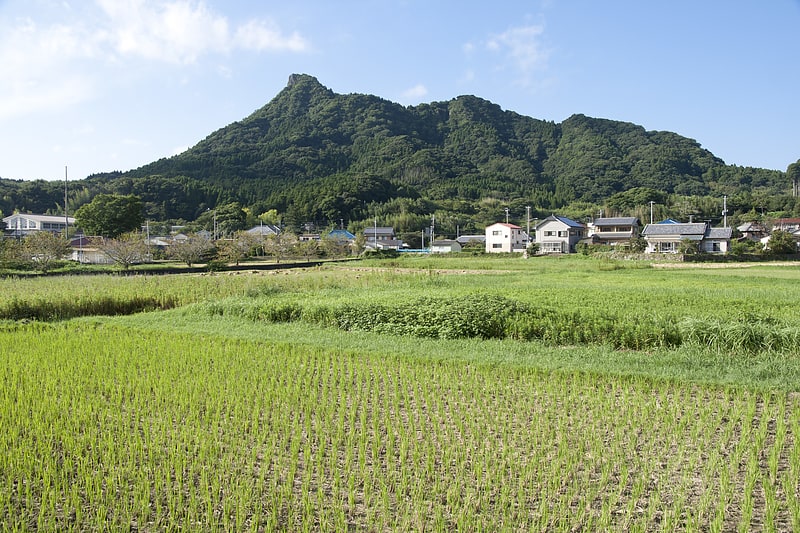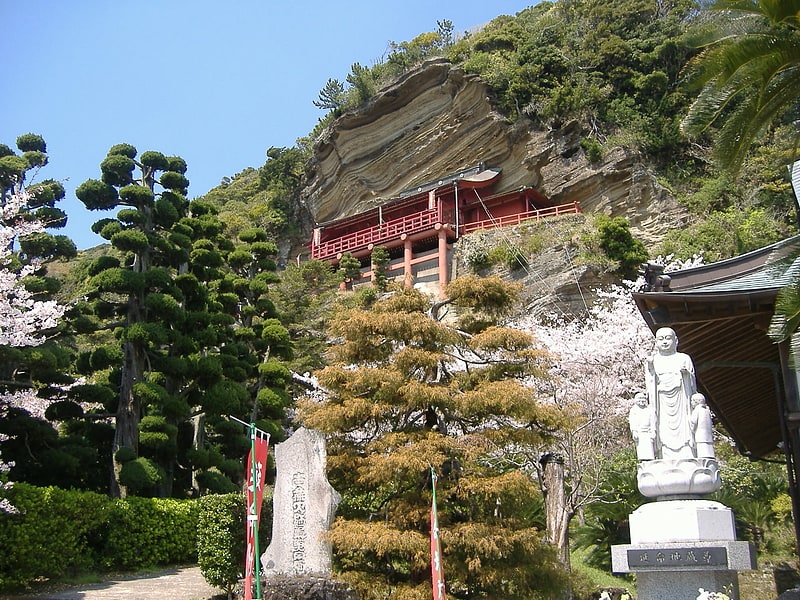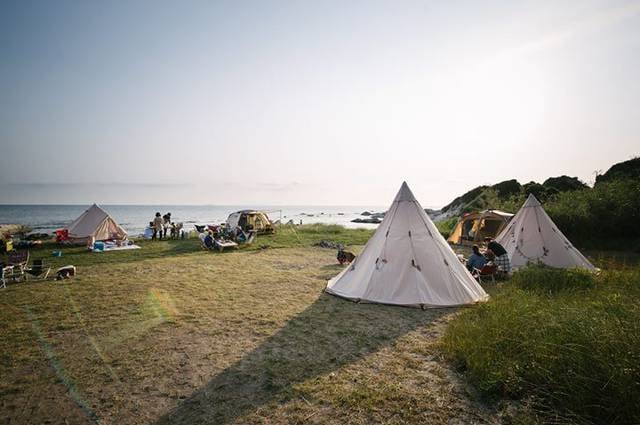Discover 4 hidden attractions, cool sights, and unusual things to do in Minamibōsō (Japan). Don't miss out on these must-see attractions: Nago-dera, Mount Iyogatake, and Daifuku-ji. Also, be sure to include Bai bangfurawapaku in your itinerary.
Below, you can find the list of the most amazing places you should visit in Minamibōsō (Chiba).
Table of Contents
Nago-dera

Also known as: 那古寺
Temple in Tateyama, Japan. Nago-dera is a Buddhist temple located in the city of Tateyama in southern Chiba Prefecture, Japan. The temple is also called Nago-ji using the alternate pronunciation of the final Chinese character in its name, or the Nago Kannon, after its primary object of worship.[1]
Mount Iyogatake

Also known as: 伊予ヶ岳
Mountain in Japan. Mount Iyogatake is a mountain on the border of the city of Minamibōsō, Chiba Prefecture, Japan with an altitude of 336.6 m. Mount Iyogatake is at the west of the Mineoka Mountain District of the Bōsō Hill Range, in close proximity to Mount Tomi. The mountain takes its name from its resemblance to Mount Ishizuchi in Ehime Prefecture, formerly in Iyo Province.
Mount Iyogatake is one of the few mountains in the Bōsō Hill Range with steep rock cliff. It can be easily climbed within 40 minutes. The entrance to the path of the mountain is between Heguri Elementary School and the Heguri Tenjin Shrine. Mount Iyogatake offers a clear view of the other mountains of the Bōsō Hill Range and Tokyo Bay, and on clear days Mount Fuji and the Izu Islands are also visible.
Mount Iyogatake and the Heguri Tenjin Shrine are associated with a legend of a tengu, a supernatural creature found in Japanese folklore.[2]
Daifuku-ji

Also known as: 大福寺
Temple. Daifuku-ji is a Buddhist temple in the city of Tateyama in Chiba Prefecture, and is a temple of the Chizen Sect of Shingon Buddhism. According to tradition, the temple was founded by Gyōki in 717 early in the Nara period. It was later revived by a visit by the Tendai Buddhist priest Ennin early in the Heian period. The date at which the temple returned to the Shingon sect is unknown. The temple received a juinjō seal of certification from the Tokugawa shogunate during the Edo period.[3]
Bai bangfurawapaku

Relax in park, Park, Botanical garden, Campsite